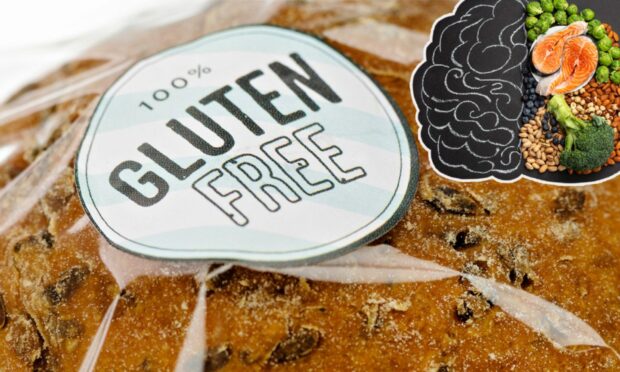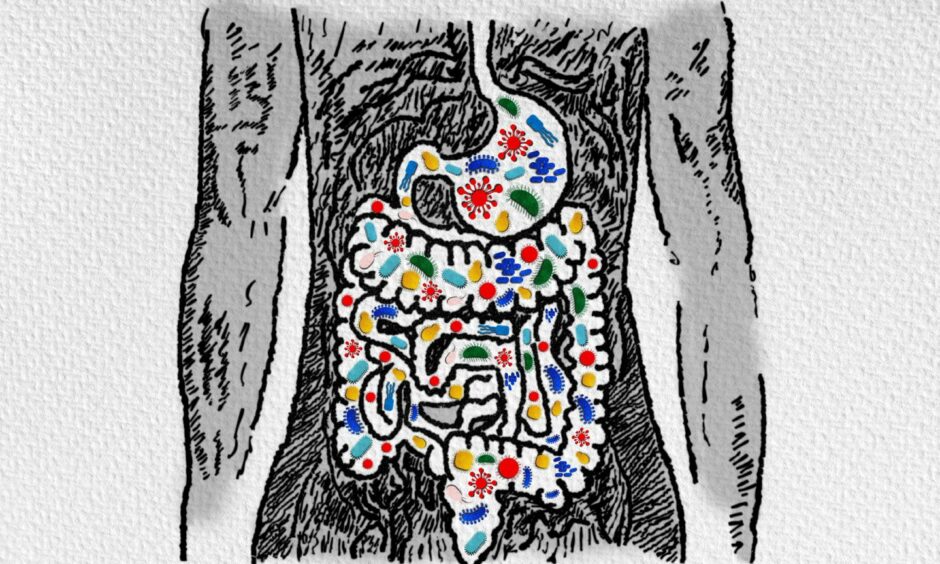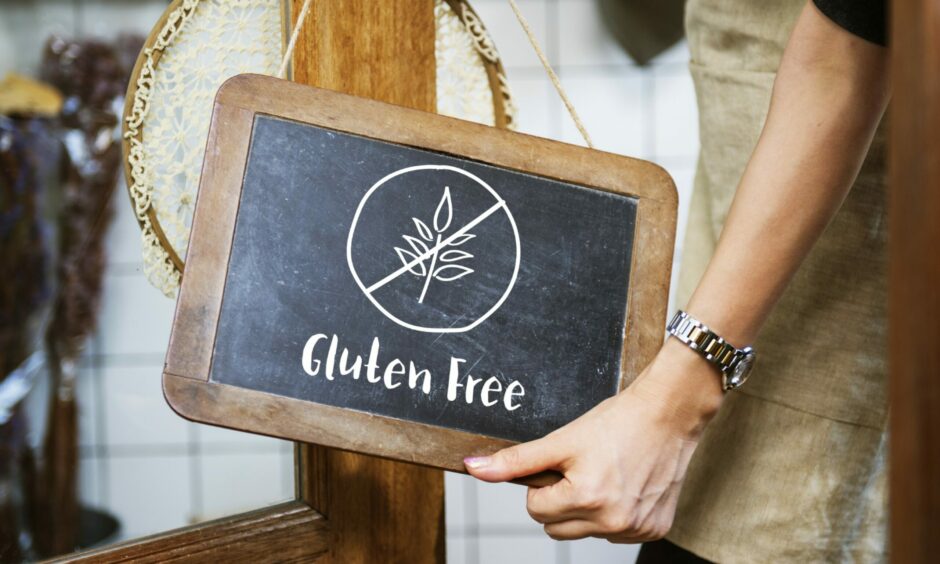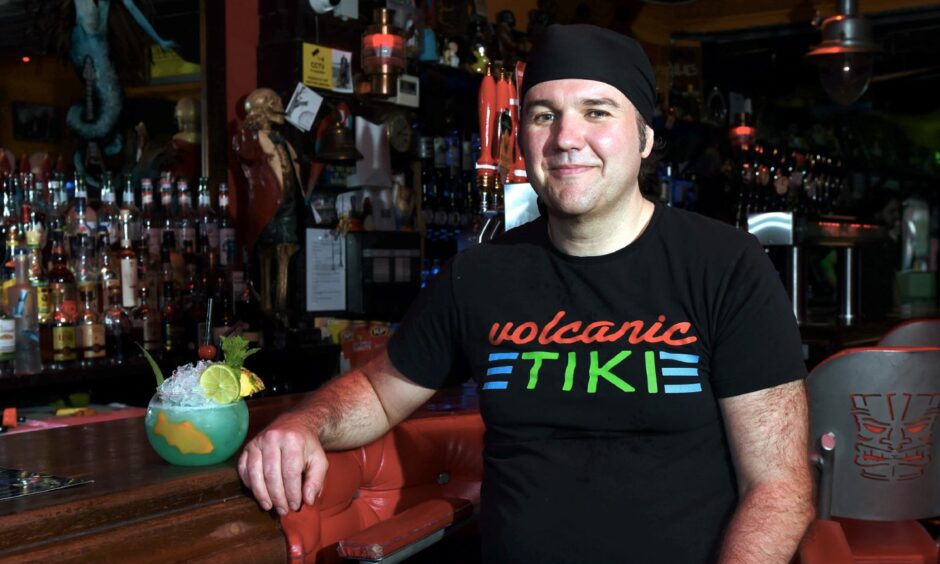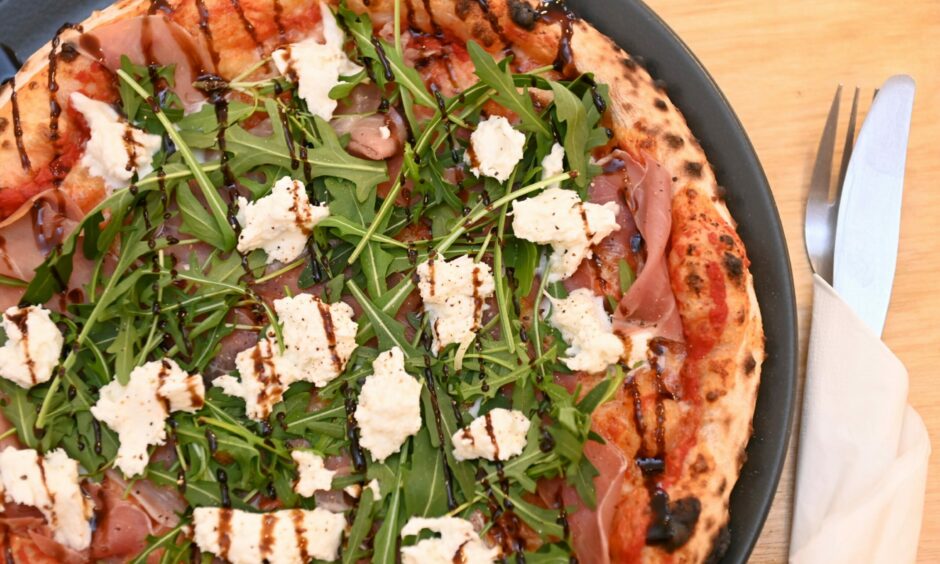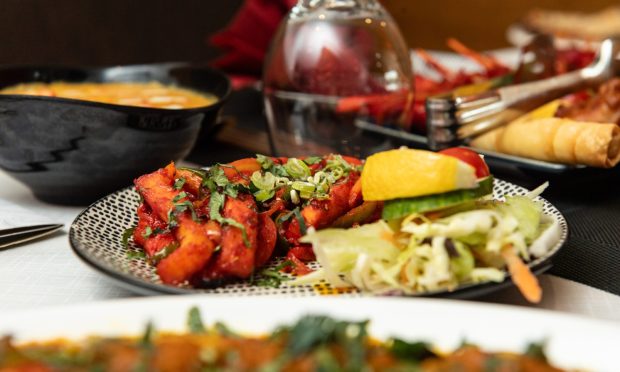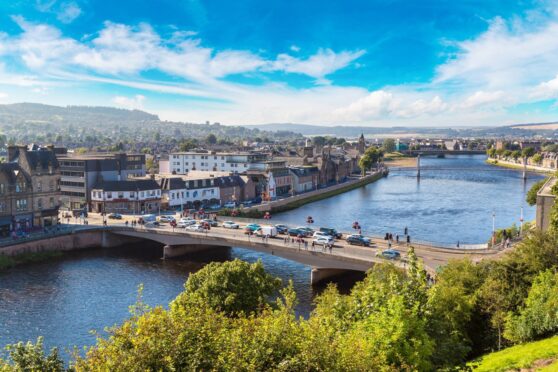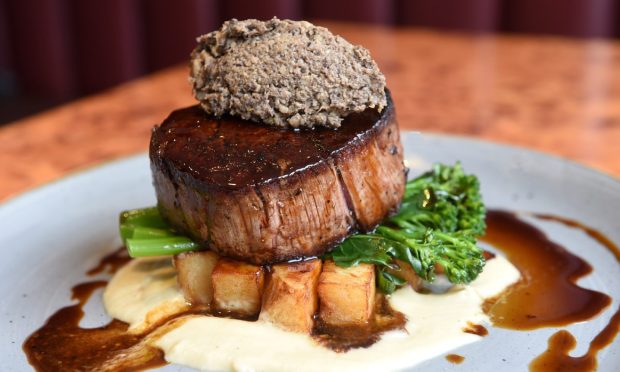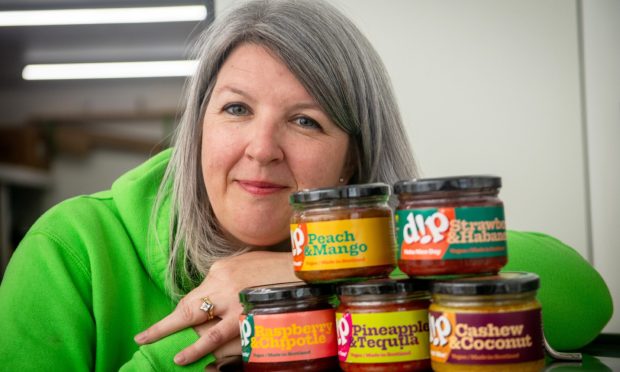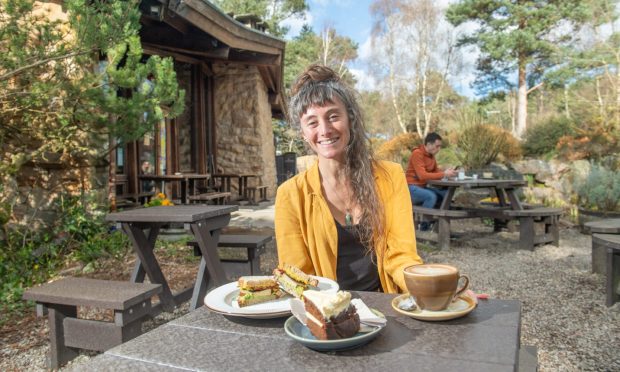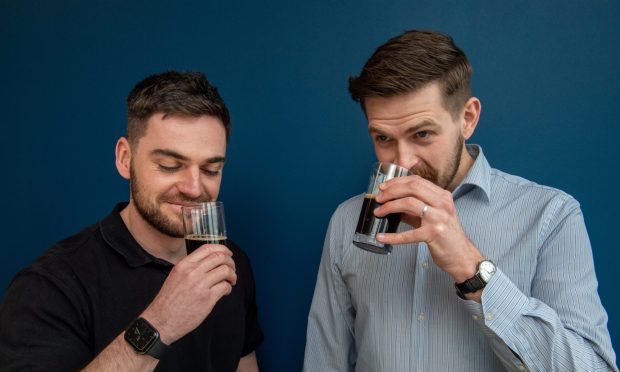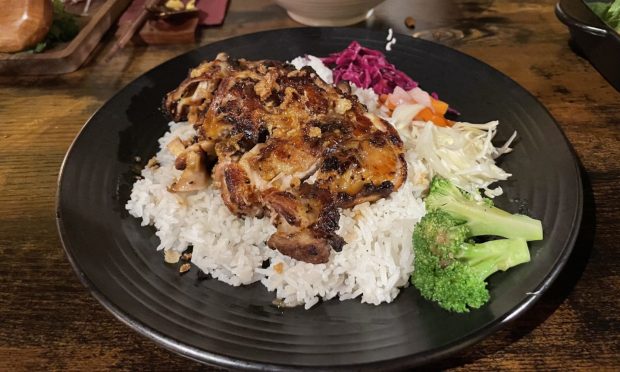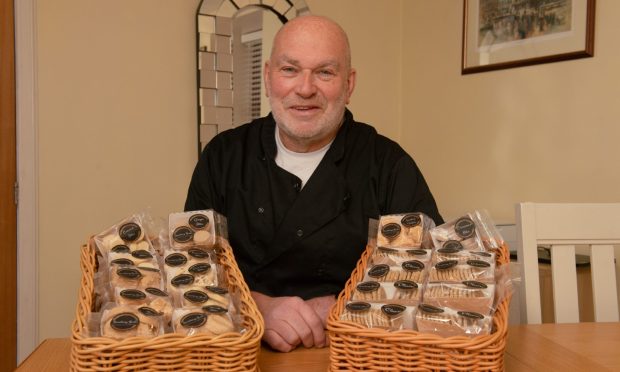Coeliac disease is estimated to affect more than 30,000 people in Scotland. Here’s what it is like to live with the disease, and tips for gluten-free food.
Coeliac disease, according to the NHS, is a condition where your immune system attacks your own tissues when you eat gluten.
As a result this damages your gut (small intestine) resulting in you being unable to take in nutrients.
Coeliac disease can cause a range of symptoms including diarrhea, abdominal pain and bloating.
These adverse conditions are caused by foods containing wheat, barley and rye such as breads, pasta, cakes and breakfast cereals.
This results in those who suffer from the disease turning to a gluten-free diet to avoid discomfort.
However, living with this condition can be extremely challenging for many people and can result in them having a bad relationship with dining out.
Living with coeliac disease
Speaking with barman and co-owner at Krakatoa bar Craig Adams (51), he talks about his experience of living with coeliac disease.
Craig said: “I discovered I had coeliac disease in 2012, but I probably had it since the mid 90s and didn’t realise.
“My symptoms had slowly gotten worse but they happen so imperceptibly you don’t realise until you look back.
“I had a rash in particular that persisted for 20 years that suddenly cleared up when I removed gluten from my diet.”
Craig has found the availability of gluten-free options is better now than it was before, but says that dining out has its challenges.
He said: “The biggest problem is that not everywhere takes you seriously. Some places are really good and you can trust them, and they’ll even remember you for next time.
“There are other places that are not entirely honest about what goes into the food, so that’s the biggest issue.
“I think people think you will have some mild symptoms, not that you are going to be out of action for three days.”
Tips for gluten-free food
Craig has found that local eateries are more accommodating to his dietary requirements than chain venues.
He said: “I dine two or three times a week and I don’t feel awkward saying it, but I find that local places that are family-run tend to care a lot more.
“Some places will offer to modify a menu item and that helps a lot.
“I will try a new place to see how it goes, and if there are problems I won’t go back. There are between six to 12 places I feel confident going to.”
Although Craig misses eating foods like pizza and naan bread, he says his choice to switch to a gluten-free lifestyle has benefitted him immensely.
“You see a dramatic improvement in your life after two or three months without gluten, and it makes you feel like you are totally back to normal,” he explained.
Craig advises that it is best to get diagnosed as soon as possible and to try to entirely stay off gluten if you are experiencing any adverse symptoms.
